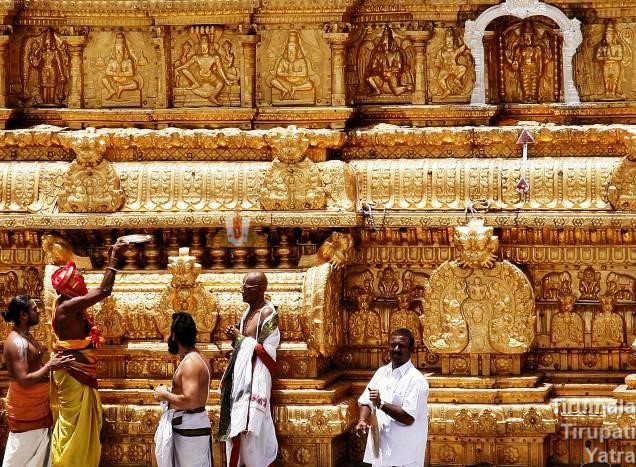Ananda Nilaya Vimana The word “Vimana” means to house the lofty image of the Supreme being. In the word “Vimanam”, the alphabet ‘ma’ means an object which is measured or made in various ways. The prefix ‘vi’ denotes “vishesha” which signifies the image. So, the word itself, from its etymological aspects carries a noble and Read More
Ads Blocker Detected!!!
We have detected that you are using extensions to block ads. Please support us by disabling these ads blocker.

